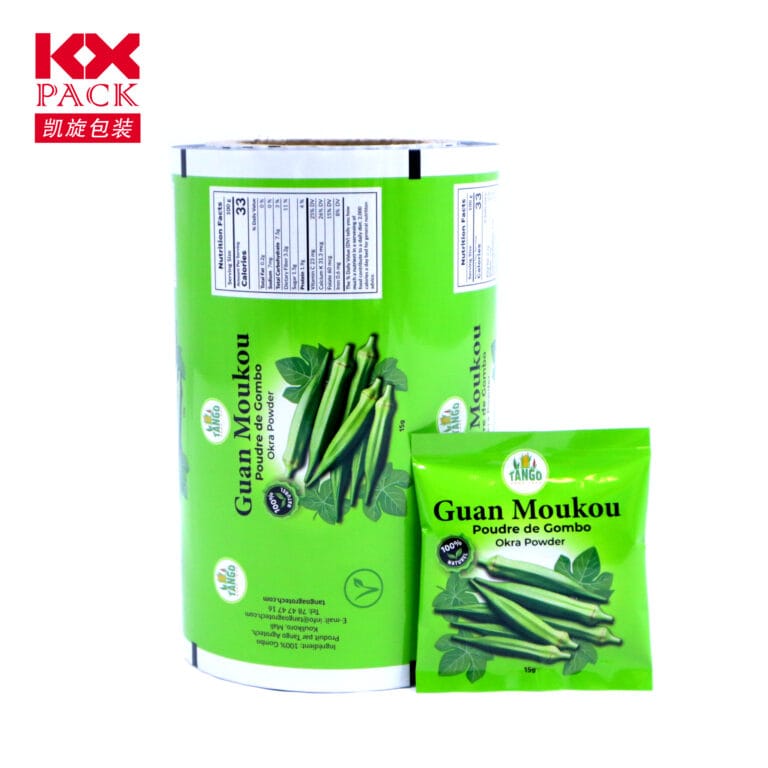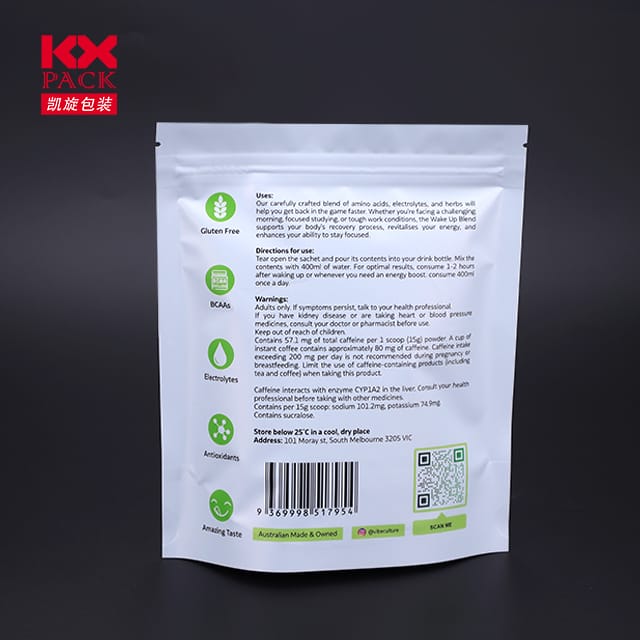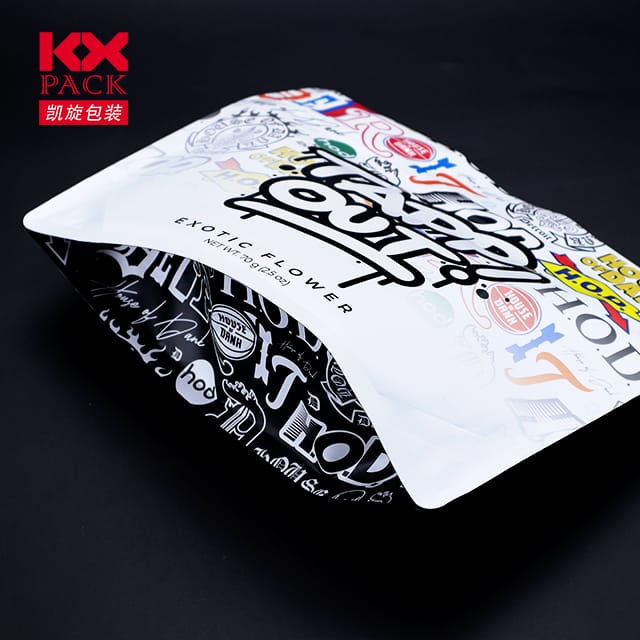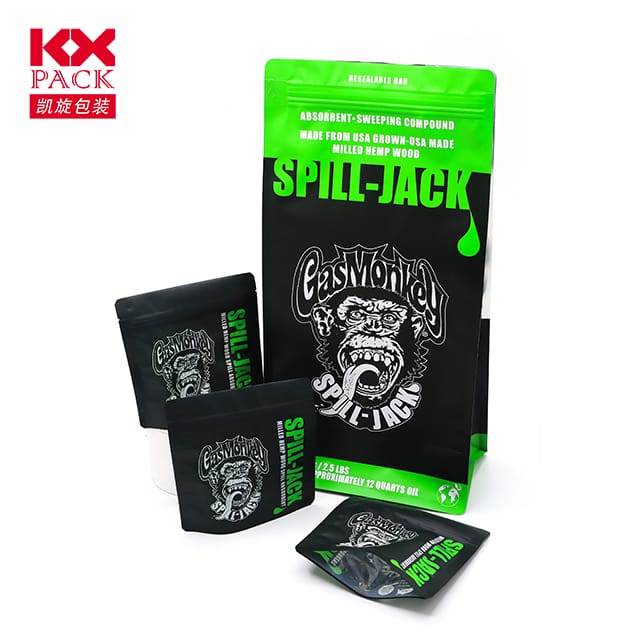Producent af plastisk stretchfilm: Innovationer, Bæredygtighed, og branchens ledelse
Plastisk stretchfilm
I den dynamiske emballages verden, Plastik stretchfilm forbliver en hjørnesten til at sikre varer under transport og opbevaring. As aleading plastic stretch film manufacturer, Virksomheder i dag afbalancerer holdbarheden, omkostningseffektivitet, og miljøansvar for at imødekomme de udviklende markedskrav. Lad os udforske de nyeste trends, teknologier, og strategier, der skaber branchen.
1. The Rise of Eco-Friendly Stretch Films
With global focus on sustainability, manufacturers are redefining traditional stretch films with greener alternatives:
- Biodegradable and Compostable Films: Made from plant-based polymers like PLA (Polylaktinsyre), these films decompose naturally within 6–12 months under industrial composting conditions.(Plastisk stretchfilm)
- Recycled Content Films: Leading producers now incorporate up to 50% post-consumer recycled (PCR) materials without compromising strength, reducing reliance on virgin plastics.
- Thinner, Stronger Films: Advanced nanotechnology enables ultra-thin films (as low as 5 microns) that match the performance of thicker alternatives, cutting material use by 30–40%.
Case Study: A top Plastisk stretchfilm manufacturer in Europe recently launched a 100% recyclable stretch film that uses a proprietary additive to enhance recyclability in standard waste streams, a game-changer for circular economy goals.
2. High-Performance Films for Industrial Demands
Not all Plastisk stretchfilm are created equal. Heavy-duty industries like logistics, konstruktion, and agriculture require specialized solutions:
- Pre-Stretched Films: Applied manually or via machines, these films require less force to stretch, reducing worker fatigue and improving efficiency.
- UV-Resistant Films: Designed for outdoor storage, these variants protect goods from sunlight degradation for up to 12 months.
- Anti-Static Films: Critical for electronics packaging, these films prevent static buildup that could damage sensitive components.
Example: A U.S.-based manufacturer now offers a12-month outdoor durability stretch film with reinforced edges, popular among agricultural businesses storing hay bales or machinery.
3. Tilpasning: Tailoring Films to Client Needs
Modern manufacturers leverage advanced production lines to offerbespoke solutions:
- Color-Coded Films: Differentiate products or departments (F.eks., red for fragile items, blue for cold storage).
- Printed Branding: Add logos, handling instructions, or QR codes directly onto the film for marketing or tracking purposes.
- Variable Widths and Lengths: From compact 50mm rolls for retail to 1500mm industrial rolls, flexibility is key.
Til spidsen: Partner with manufacturers that providefree sampling to test film performance before bulk orders, ensuring compatibility with your packaging machinery.
4. Automation and Smart Manufacturing
To meet rising demand, top producers are investing inIndustry 4.0 teknologier:
- AI-Powered Quality Control: Cameras and sensors detect defects in real-time, ensuring consistent thickness and tensile strength.
- Predictive Maintenance: IoT-enabled machines alert teams to potential breakdowns, minimizing downtime.
- Blockchain Traceability: Some firms now use blockchain to track raw material sourcing and production batches, enhancing transparency for eco-conscious buyers.
Stat: EN 2025 industry report revealed that manufacturers using smart factories reduced production costs by18% while boosting output by 25%.
5. Navigating Regulatory Challenges
Global regulations on single-use plastics are tightening, pushing manufacturers to innovate:
- EU's Direktiv til engangsanvendelse: Requires stretch films to be recyclable or compostable by 2030.
- U.S. State-Level Bans: California and New York now mandate minimum recycled content in packaging films.
- Extended Producer Responsibility (EPR): In Canada and Japan, manufacturers must fund recycling programs for post-consumer films.
Compliance Strategy: Prioritize partnerships with suppliers holding certifications likeISO 14001 (Environmental Management) ellerEcoVadis ratings to future-proof your supply chain.
Konklusion: Choosing the Right Manufacturer
When selecting a plastic stretch film supplier, consider:
- Product Range: Do they offer eco-friendly, industrial, or customized options?
- Certifications: Look for ISO, FDA, or REACH compliance for food-grade or medical applications.
- Innovation Track Record: Are they investing in R&D for next-gen materials?
- Global Footprint: Can they handle large orders with reliable shipping to your region?
Ready to Upgrade Your Packaging?
Explore partnerships with manufacturers like[Your Company Name], a pioneer in sustainable stretch films with 20+ years of industry expertise. Contact us today for a free consultation and samples tailored to your needs!
What’s your biggest challenge with stretch film packaging? Share your thoughts below, and we’ll feature solutions in our next post! 📦✨







